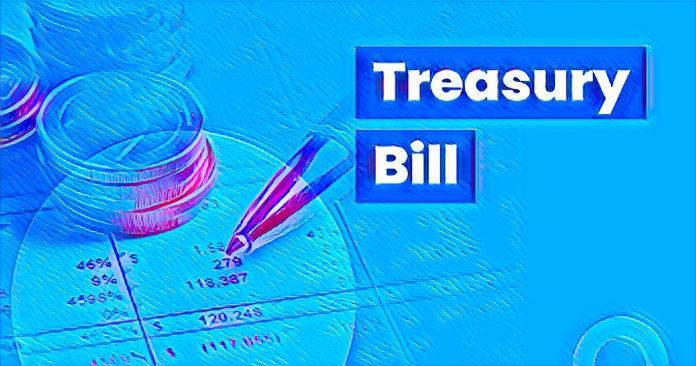Key Points
-
Nigerian Treasury bills yield climbs above inflation, attracting strong investor demand.
-
Investors position early for the upcoming N700 billion Treasury auction.
-
Market anticipates lower spot rates as Nigeria’s disinflation trend strengthens.
This week, Nigeria’s Treasury-bills market kept going up, with average yields in the secondary market falling below 17 percent. This trend has been going on for several weeks and is being driven by disinflation that is happening faster than expected.
The drop in yields shows that there is still a lot of demand for short-term government bonds, as investors want to lock in real returns that are well above inflation. As the Central Bank’s policy meeting gets closer, it looks like the markets are getting ready for a time when monetary policy may become less strict.
Traders say that spot rates could drop even more along the curve because investors think that lower consumer prices might give policymakers more time to slow down the tightening process. Inflation fell from 18.02 percent in September to 16.05 percent in October, which is one of the biggest monthly drops in years and a sign that previous policy actions may be working.
Investors Get Ready for the N700bn Auction as Real Returns Stay High
Investors are starting to build positions before the primary auction on Wednesday, when the government will sell N700 billion in Treasury bills. Analysts think that there will be strong demand for subscriptions across all maturities, thanks to a lot of liquidity and real yields that are still among the highest in emerging markets. People in the market expect the 364-day paper to keep being the most popular, as it has always been the most popular.
MarketForces Africa quotes traders as saying that Nigeria’s slowing inflation may cause spot rates to change again. Even after recent yield compression, the one-year tenor can still give about 11 percent in real returns. This situation has kept a lot of investors focused on the short end of the curve, even though there are signs that the Central Bank may be getting ready to ease up on its hawkish stance.
Secondary-market curve contracts go up even more, but OMO bills go against the trend
According to Cordros Capital, average yields on the secondary market fell by two basis points to 16.96 percent. Short, mid, and long tenors all fell by two, two, and three basis points, respectively. Bills with 80-day, 171-day, and 353-day maturities were in the highest demand, but their prices dropped by two to three basis points.
The OMO market was the only one that went against the trend. Yields rose by four basis points to 21.8 percent because demand was weaker than for regular Treasury bills. Analysts say that even though the two markets are going in different directions, the overall mood in the market is still based on the idea that real returns will stay positive in the near future, which keeps demand for short-term instruments high.



